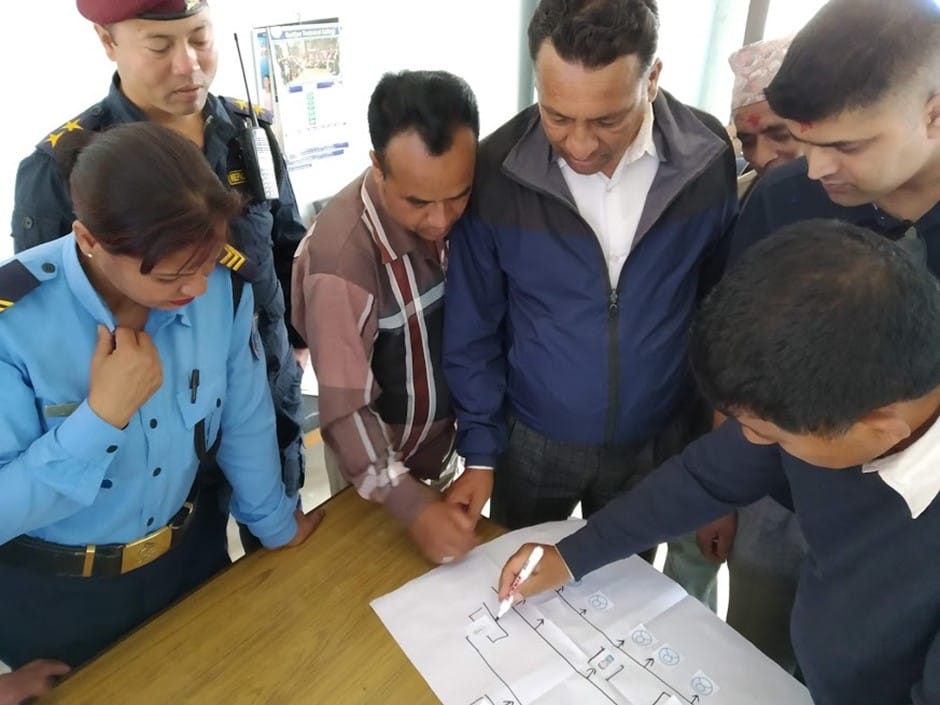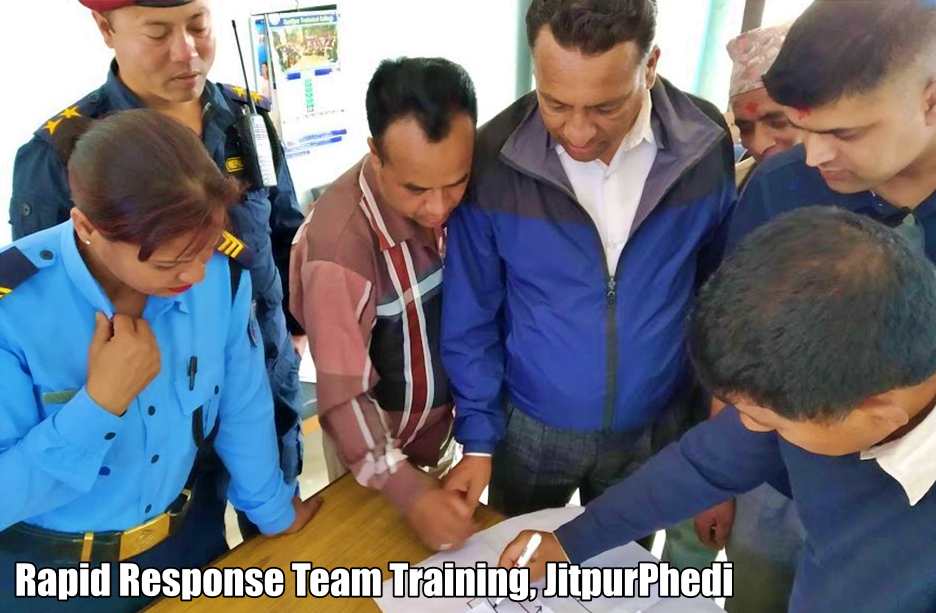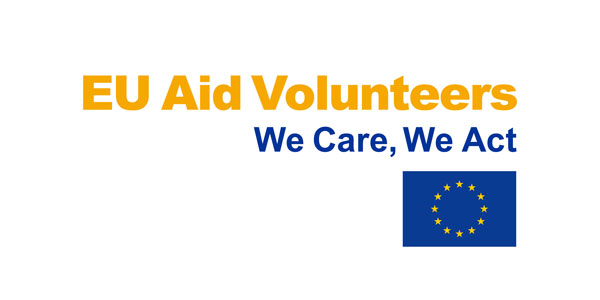As part of our Disaster Risk Reduction (DRR) program, VIN works to reduce the impact of natural hazards and to build resilient communities. Working with local government, health posts, schools and the wider community we encourage and support action which reduces vulnerability and improves preparedness.

Following discussions with the ward chairman and the health post in Jitpur Phedi, a training was recently conducted to support a local government initiative – the creation of a Rapid Response Team (RRT). The initiative aimed to build local capacity to prepare for and effectively respond to emergency situations following events such as earthquakes and landslides.
Jitpur Phedi is a village situated on the edge of the Kathmandu valley. The areas rural location means immediate help from emergency service personnel is unlikely following a large-scale earthquake. For a period, Jitpur Phedi will have limited support. If the expanse of the area affected by the earthquake is large, if damage is severe, if communication and power lines are down, if roads are damaged and if resources are too stretched the area might be on its own for a while. In this time, organised grassroot efforts such as the RRT can use local knowledge, people’s motivation to act and their preparatory work to respond till professional emergency services personnel arrive. With prior planning and training chaos can be avoided, logical decisions can be made and actions taken can make a significant difference.

Community members, representatives from local government, the police, the health post, and students participated in the training. The training had three main sections: RRT organisation, RRT mobilisation and RRT documentation. The group developed initial aims and objectives, discussed what makes a successful team, learnt about on scene management, the importance of organisational structure, the Incident Command System, about different roles and responsibilities, rescuer safety, the importance of documentation and communication and about decision making. They also discussed the next steps for the RRT. The training involved problem solving, encouraged critical thinking, contained scenario-based examples, knowledge tests, interaction between attendees and lots of group discussion. Documents including RRT member logs, message templates, damage assessment forms and communication logs were distributed and discussed. High visibility RRT badge tags and lanyards were also distributed and received official stamping.




 Member of
Member of